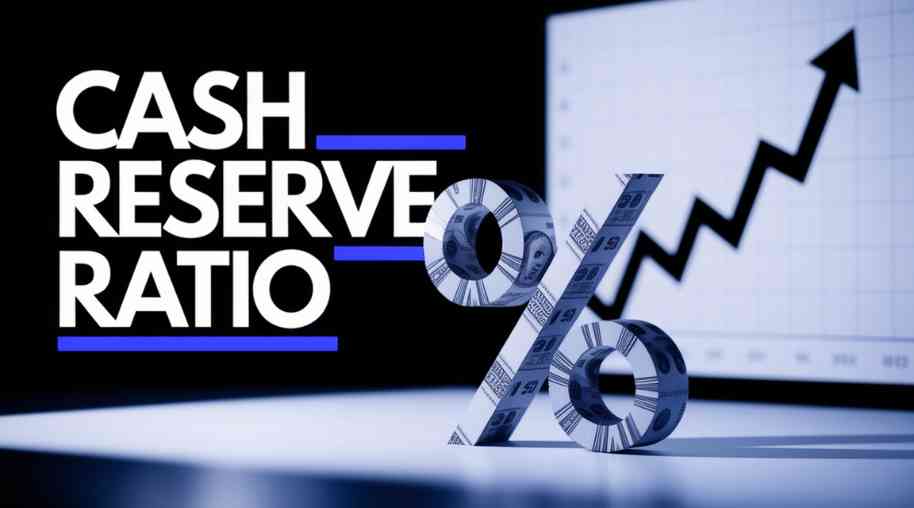DSS Full Form-Debt Swap Scheme
by Shashi Gaherwar
0 1060
Debt Swap Scheme: Meaning, Benefits, and Its Role in Financial Management
Introduction
Debt can be a significant burden for individuals, businesses, and even governments. Managing multiple loans with high-interest rates can strain financial health. One effective solution is the Debt Swap Scheme, a financial strategy that allows borrowers to exchange an existing debt for a new one with better terms.

Debt swap schemes are commonly used for loan consolidation, reducing interest rates, and restructuring debt to enhance financial stability. This article explores the concept, working mechanism, benefits, and challenges of debt swap schemes.
What is a Debt Swap Scheme?
A Debt Swap Scheme is a financial arrangement where a borrower replaces an existing debt with a new one, usually with lower interest rates or better repayment terms. The primary objective is to ease the repayment burden and improve overall financial management.
Debt swaps can be applied to various financial segments, including:
• Personal Loans: Converting high-interest loans into lower-interest ones.
• Business Loans: Restructuring business debt to optimize financial performance.
• Government Debt: Exchanging external debt for domestic debt or other favorable terms.
How Does a Debt Swap Scheme Work?
Debt swaps typically follow a structured process:
1. Assessment of Existing Debt:
a. Borrowers analyze their current debt portfolio, including interest rates and repayment schedules.
2. Finding a Suitable Lender:
a. A new lender (or the same financial institution) offers a loan to repay the existing high-interest debt.
3. Loan Disbursement and Debt Repayment:
a. The new loan amount is used to clear the existing debt, consolidating multiple loans into a single, more manageable loan.
4. New Repayment Structure:
a. The borrower repays the new loan under revised, favorable conditions such as lower EMIs, extended tenure, or reduced interest rates.
Types of Debt Swaps
Debt swaps can take various forms depending on the financial scenario:
1. Loan Swap
• Replacing a high-interest loan with a low-interest loan.
• Example: Shifting credit card debt to a personal loan with a lower interest rate.
2. Currency Debt Swap
• Exchanging a debt denominated in one currency for a loan in another currency.
• Example: A company swaps USD-denominated debt for a local currency loan to mitigate exchange rate risks.
3. Corporate Debt Swap
• Businesses replace existing debt with new financing options, often through bond issuance.
• Example: Issuing corporate bonds to repay short-term high-interest loans.
4. Government Debt Swap
• Governments exchange foreign debt for domestic debt to reduce external liabilities.
• Example: A developing country swaps international loans for bonds purchased by domestic investors.
Benefits of a Debt Swap Scheme
Debt swap schemes offer several advantages to borrowers, businesses, and governments:
1. Reduced Interest Burden
• Swapping high-interest loans for lower-rate alternatives helps in lowering overall interest expenses.
2. Improved Cash Flow
• Lower EMIs and extended repayment tenure improve cash flow and financial flexibility.
3. Simplified Debt Management
• Consolidating multiple debts into one reduces the complexity of repayment schedules.
4. Enhanced Credit Score
• Timely payments on a single, well-structured loan can improve creditworthiness over time.
5. Protection Against Currency Fluctuations
• Currency debt swaps help borrowers mitigate the risks associated with exchange rate fluctuations.
6. Business Growth and Expansion
• For companies, swapping expensive debt for cost-effective financing allows reinvestment in growth and operations.
7. Government Financial Stability
• Debt swap programs enable governments to manage their national debt more effectively, reducing dependency on foreign creditors.
Challenges and Risks of Debt Swaps
While debt swaps can be beneficial, they also come with certain risks and challenges:
1. Eligibility Criteria
• Not all borrowers qualify for debt swaps, as lenders assess credit history and repayment capacity before approval.
2. Processing Fees and Charges
• Some financial institutions charge fees for debt restructuring, which could offset savings from reduced interest rates.
3. Longer Repayment Tenure
• While lower EMIs are attractive, extending the loan tenure may lead to a higher total repayment amount over time.
4. Market and Economic Risks
• Currency fluctuations and interest rate changes could affect the benefits of debt swaps, especially in corporate and government debt restructuring.
5. Potential Credit Score Impact
• If the swap involves closing multiple accounts or increasing the debt tenure, it might temporarily affect the credit score.
Who Can Benefit from a Debt Swap Scheme?
Debt swaps are ideal for:
• Individuals struggling with multiple high-interest debts.
• Small and medium businesses seeking financial restructuring.
• Corporations aiming to optimize their debt structure.
• Governments managing national debt effectively.
How to Apply for a Debt Swap Scheme?
Individuals and businesses can apply for a debt swap through financial institutions by:
1. Assessing financial needs and outstanding debts.
2. Comparing offers from various banks and lenders.
3. Applying for a loan swap with a selected institution.
4. Completing documentation and approvals as required by the lender.
5. Executing the debt repayment and managing the new loan effectively.
A Debt Swap Scheme is an effective financial tool for reducing debt burden, managing repayment schedules, and improving overall financial stability. Whether for individuals, businesses, or governments, debt swaps provide opportunities to refinance existing loans under better terms. However, borrowers must carefully evaluate the terms, risks, and costs before opting for a debt swap.

Share:








Comments
Waiting for your comments